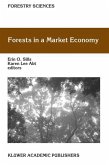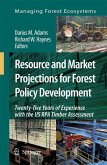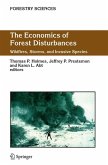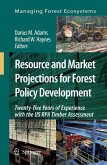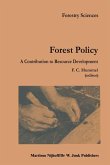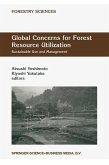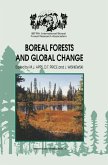This book draws together contributions from forest economists in the Research Triangle of North Carolina, with co-authors from institutions around the world. It represents our common belief that rigorous empirical analysis in an economic framework can inform forest policy. We intend the book as a guide to the empirical methods that we have found most useful for addressing both traditional and modem areas of concern in forest policy, including timber production and markets, multiple use forestry, and valuation of non-market benefits. 'The book editors and most chapter authors are affiliated with three institutions in the Research Triangle: the Southern Research Station of the USDA Forest Service (K. Abt, Butry, Holmes, Mercer, Moulton, Prestemon, Wear), the Department of Forestry at North Carolina State University (R. Abt, Ahn, Cubbage, Sills), and the Environmental and Natural Resource Economics Program of Research Triangle Institute (Murray, Pattanayak). Two other Triangle institutions are also represented among the book authors: Duke University (Kramer) and the Forestland Group (Zinkhan). In addition to our primary affiliations, many of us are adjunct faculty and/or graduates of Triangle universities. Many of our co-authors also graduated from or were previously affiliated with Triangle institutions. Thus, the selection of topics, methods, and case studies reflects the work of this particular network of economists, and to some degree, our location in the southeastern United States. However, our work and the chapters encompass other regions of the United States and the world, including Latin America and Asia.
Bitte wählen Sie Ihr Anliegen aus.
Rechnungen
Retourenschein anfordern
Bestellstatus
Storno


